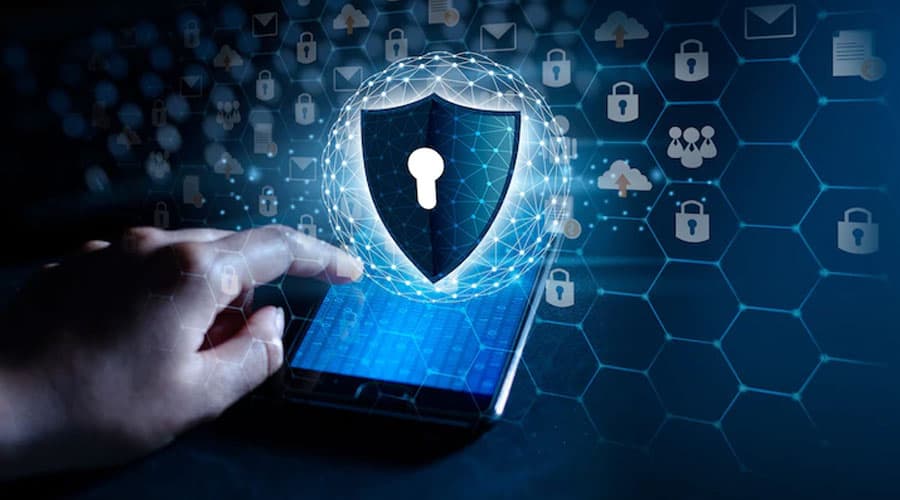Zero Trust is a strategic approach to cybersecurity that secures an organization by eliminating implicit trust and continuously validating every stage of a digital interaction. According to the principle of “never trust, always verify,” Zero Trust is designed to protect modern environments by using strong authentication, network segmentation, preventing lateral movement, implementing Layer 7 threat prevention, and utilizing “least access” privileges. It takes a “stranger-danger” approach.
Therefore, Zero trust is a model that assumes that every device, user and network component can be a potential threat. Therefore, access to resources is granted on a “need-to-know” basis.
The adoption of Zero Trust has accelerated as work locations become more flexible. But this flexibility has also brought about an increase in cyberattacks with 236.1 million ransomware attacks worldwide during the first half of 2022, costing businesses an average of $4.54 million, not including the cost of the ransom itself.
Complex hybrid environments
Despite the trend by which everything is moving to the cloud, most organizations still have a hybrid application and data strategy in place. For that purpose Zero Trust needs to be implemented and work well no matter where applications and users are located.
In that case you will need a hybrid approach that must cover web applications, on-premises users, remote users, on-premises applications and SaaS applications.
Covering all this across a hybrid and multi-cloud environment is more complex. It requires a new approach beyond what is typically offered by a CSP, which is usually not robust or ideally suited for a security-first organization. It is well known that CSPs do not routinely mitigate risk associated with motivated adversaries and insider threats. Each organization remains responsible for securing its own data against these sophisticated attacks. This is leading to the migration from classic implicit trust to Zero Trust.
And it is clear that organizations continue to face challenges in implementing their zero-trust strategies.
Although companies are moving forward, they still face challenges. Many CISOs indicated that a lack of integration between the zero-trust solutions deployed on-premises and in the cloud is the most significant issue they need to address. Other reported challenges relate to end-to-end policy enforcement, application latency, and a lack of reliable information to help select and design a zero-trust solution.
Therefore, successful solutions must cover both on-premises and remote users with a consistent application access policy.
What can be done to improve the Zero Trust implementation
As in other architectures and frameworks, one of the first steps is the identification of the most critical and valuable data, applications and services. This helps prioritize where to start and also enables the creation of Zero Trust security policies. By identifying the most critical assets, organizations can focus efforts on prioritizing and protecting those assets as part of their Zero Trust implementation.
The next step is understanding who the users are, which applications they are using and how they are connecting to determine and enforce policy that ensures secure access to your critical assets.
Securing assets assumes strong authentication of user identity, application of “least access” policies, and verification of user device integrity. Regarding applications, a fundamental concept of Zero Trust is that applications cannot be trusted and continuous monitoring at runtime is necessary to validate their behavior.
Practical advices for implementing a zero-trust security model
The following practices should be considered:
- Identification and prioritization of risky users and processes that pose a threat
- Establishing the identity assurance through a strong multi-factor authentication architecture
- Tracking behaviors of known risky identities
- Limiting lateral movement within an IT environment
- Enforcing the least privilege at every access point
- Discovering misconfigured security access policies to maintain continuous compliance across the entire organization
- Sharing of KPIs to improve risk analysis and investigation
- Auditing IAM utilizing metrics that are shared with other stakeholders including executives
- Leveraging deep learning techniques and automation that eliminate the need to create complex correlation rules
- And finally, Never trust, always verify!
Conclusion
In conclusion, we should note that this is not only an immense technical challenge but also a policy, process, workforce, legal, and cultural challenge.
Therefore, organizations must establish a strong foundation for a successful zero-trust environment and maintain a direct line of sight to all assets within the organization. Ideally, they can leverage the tools they already have, rather than having to learn, purchase, or maintain additional resources.






